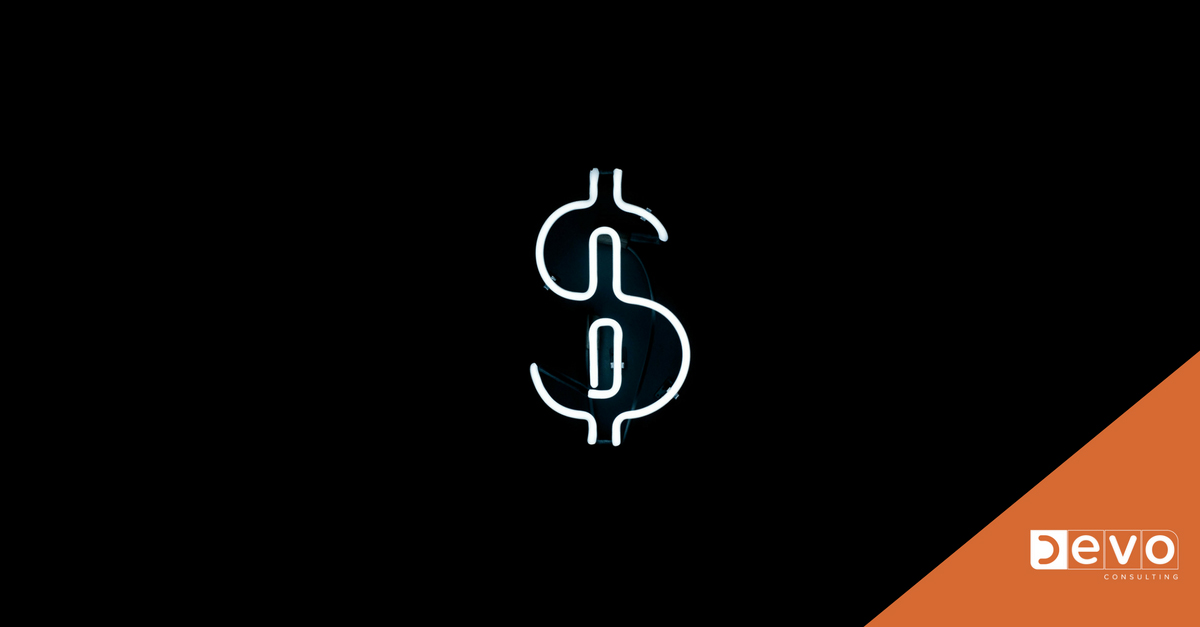What is?
Blockchain is the world’s leading software platform for digital assets. This, platform has the ability to make data transfers simpler and easier between entities. So, blockchain, is a system that allows a group of connected computers to maintain a single updated and secure ledger.
How it works?
Blockchain is a trustful machine that is connected to crypt economic and the application of that is the Bitcoin. This is connected to bitcoin and enable peer-to-peer (P2P)- of the people, to the people, for the people, to use that.
To perform transactions on the blockchain, it is necessary a wallet- a program that store and exchange bitcoins and is protected by a cryptographic method. If a message is encrypted with a specific public key, only the owner of the paired private key will be able to decrypt and read the message. On the other way, if you encrypt a message with your private key, only the paired public key can be used to decrypt it.
This system incentives the people use blockchain and keep the network secure.
Advantages:
- Collaboration: Blockchain provides service to suppliers with a means of direct collaboration, allowing them to gain a greater share of the value of the services they provide, not as rates that as aggregator platforms require of their associates.
- No Intermediaries: Blockchain technology can be an advertisement to allow transactions to occur directly between stakeholders without interference from the traditional distributor entity (banks, financial institutions, etc).
- Data: Have a safe data storage and exchange, also each network has access to data.
- Multiple Tool: Blockchain has a variety of types, so this tool can be applied in multiple situations.
- Fast Transaction: Transactions are available 24/7 and can be occur in minutes.
Disadvantages:
- Uncertainly: Blockchain face a hurdle in widespread adoption by pre-existing financial institutions if the regulation of government status remains unsettled.
- Performance: Blockchain is slower than centralized databases. When a transaction is being processed, a blockchain has to do all the same things just like a regular database does.
- Control and Security: However, blockchain use encrypted transactions, there are cyber-security issues.
- Integration Concerns: This offers some solutions that require significant changes or complete replacement.
- Technology: Technology is evaluating with high speed, so the verification process and data limits will be crucial in making blockchain widely applicable.
To Investors…
If you want to be an investor of blockchain, you can check this 3 topics to know how to start:
- Applications: Start with single-use applications, it has a minor risk and only involve little coordination.
- Payments: Add bitcoin as a payment mechanism, because this digital coin is already developed.
- Blockchain Internally: Using this system internally, it is possible to use record internal transactions and verifying identities.
Challenges…
- Blockchain need to be adapted to the evolution of the technology and the financial markets.
- Bitcoin, like many other cryptocurrencies, is very volatile: there aren’t that many Bitcoins available in the market and the demand is changing rapidly.
- Even if many exchange platforms are emerging, it’s still not that easy to trade bitcoins for goods and services.
- “Cloud computing” can be challenging in terms of security, because of the servers that can be hacked.
- Understanding the “crypt” community.
Governments can use blockchain in public services.
- This technology can not be manipulated by a high number of parallel transactions, so the focus must be on applications that require a high number of precision and safety data.
Fontes: Harvard Business Review | Blockchain Technology | IBM | Medium
